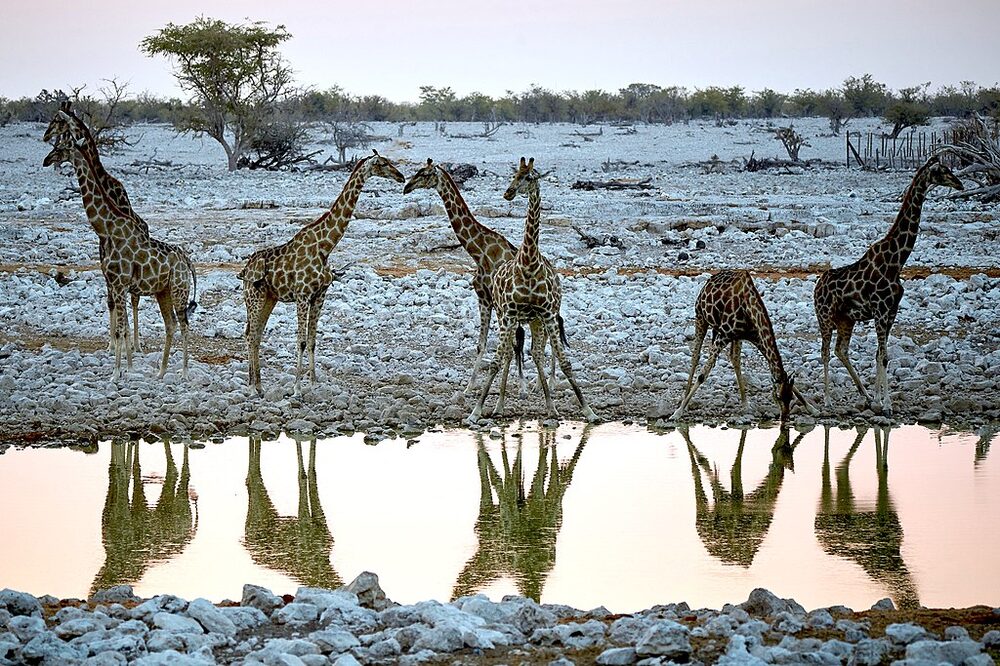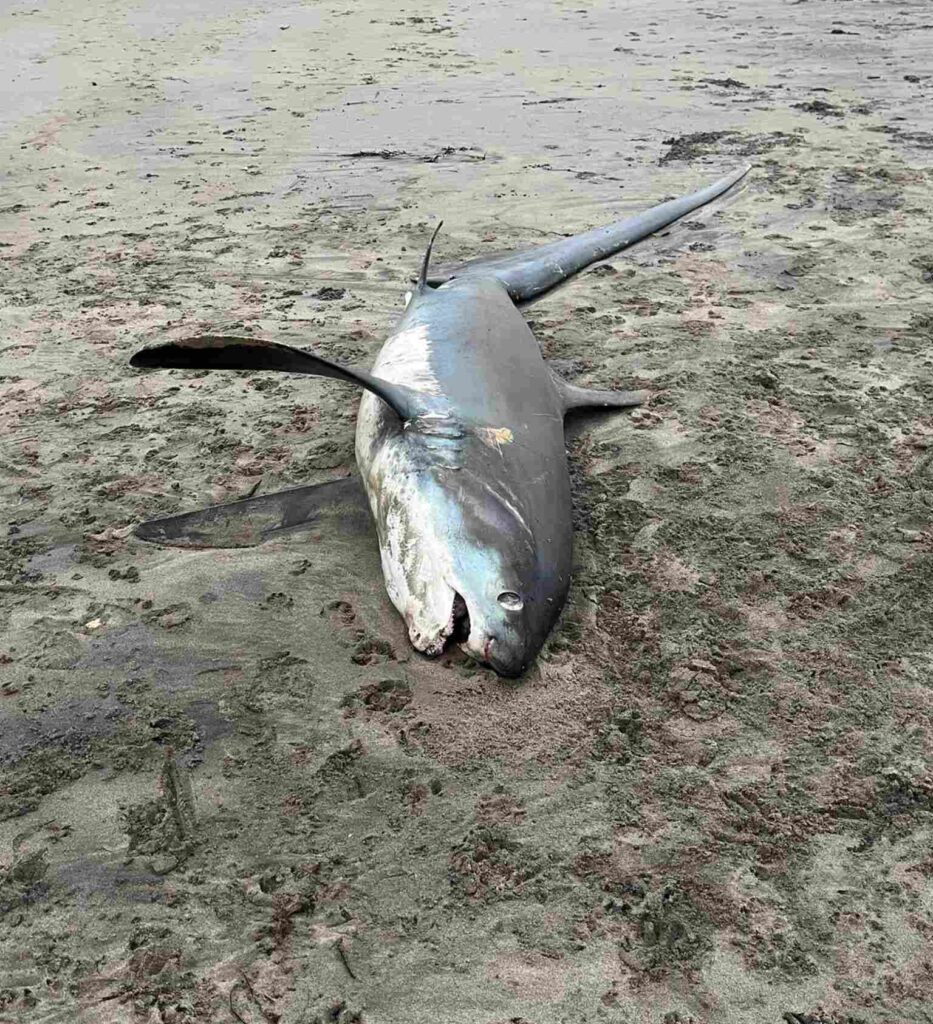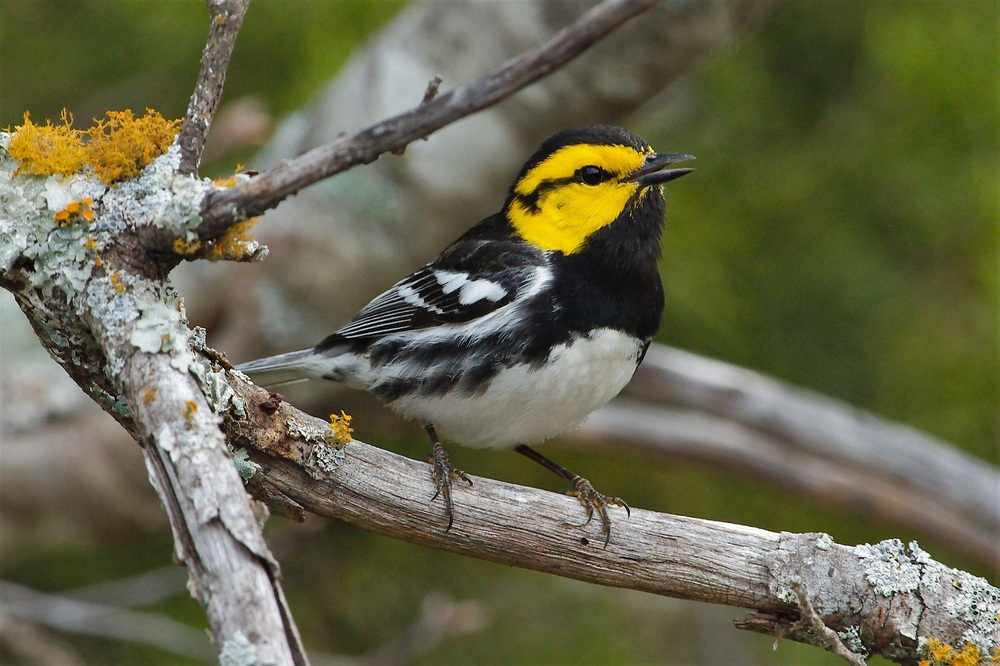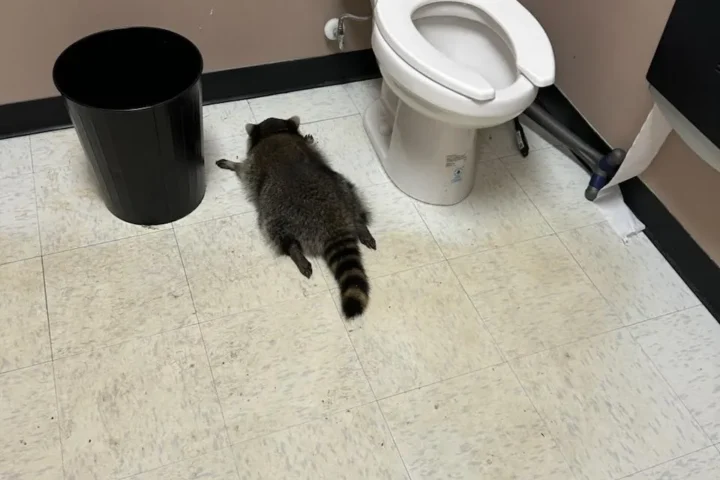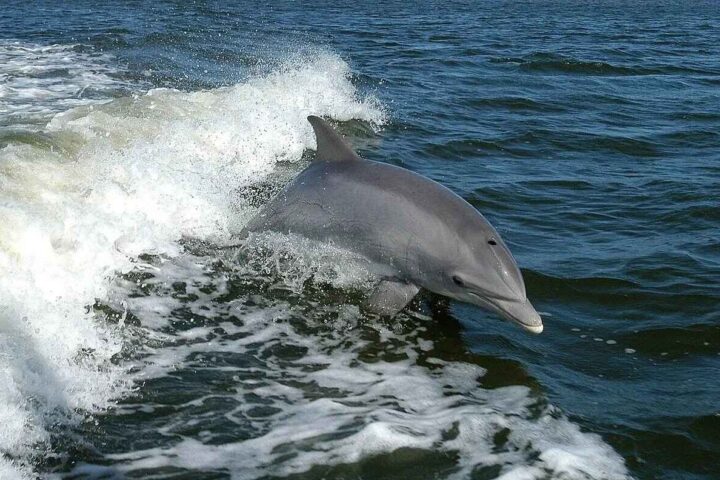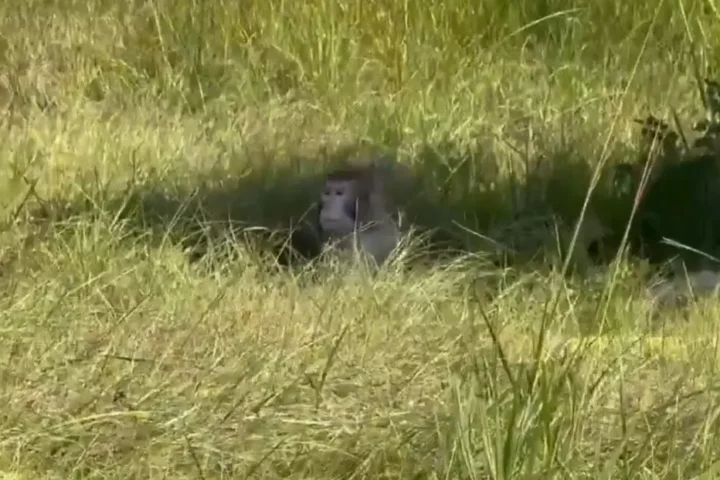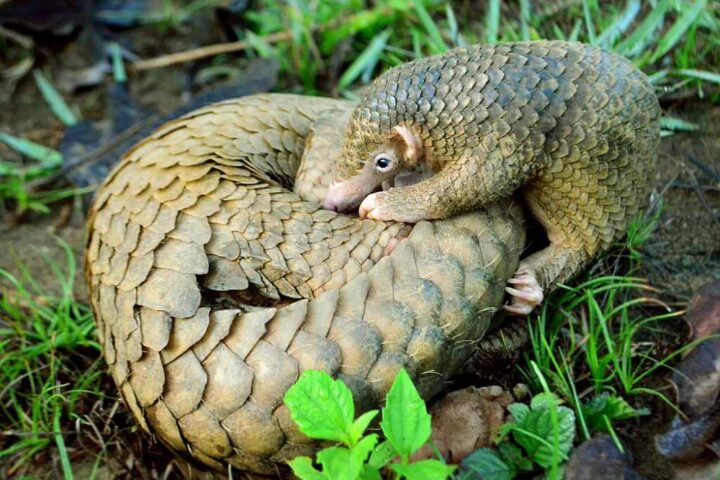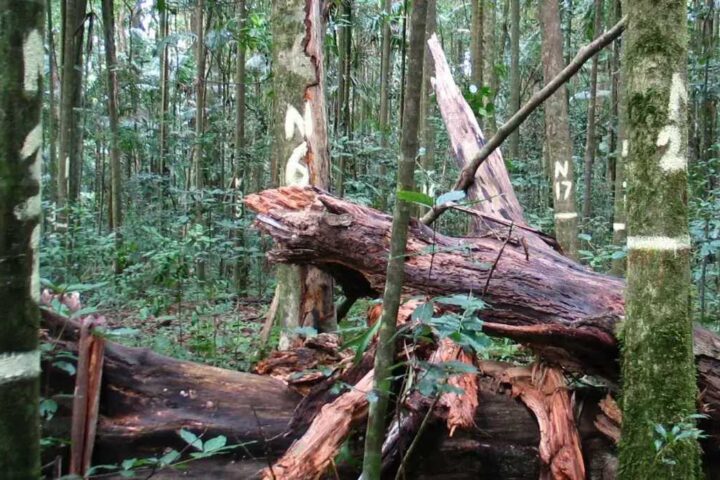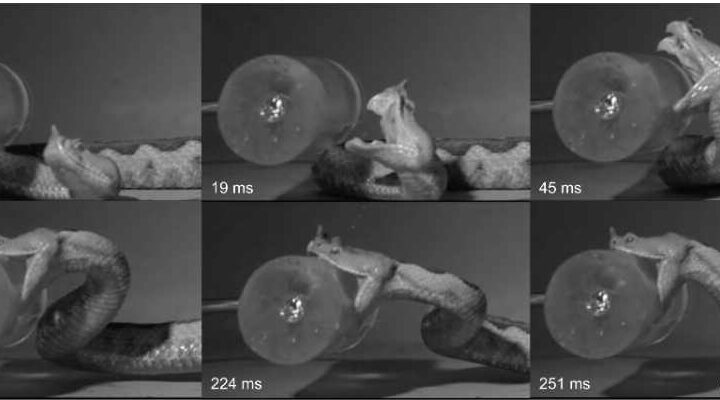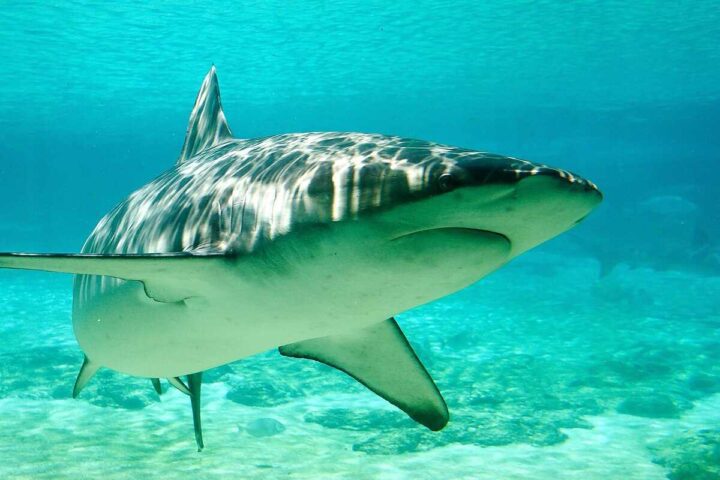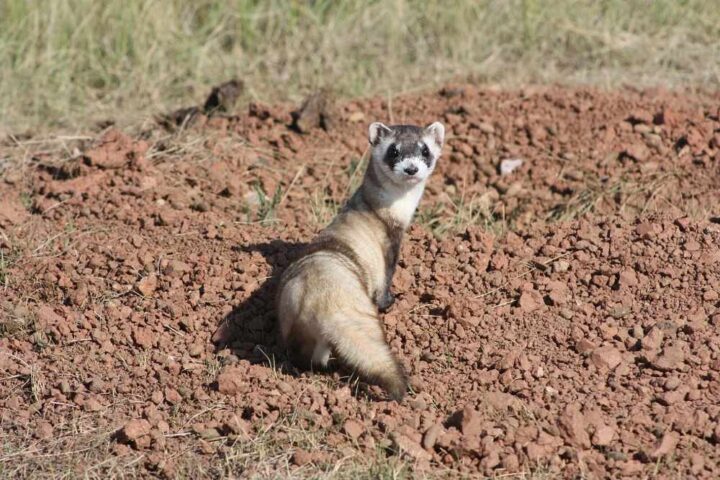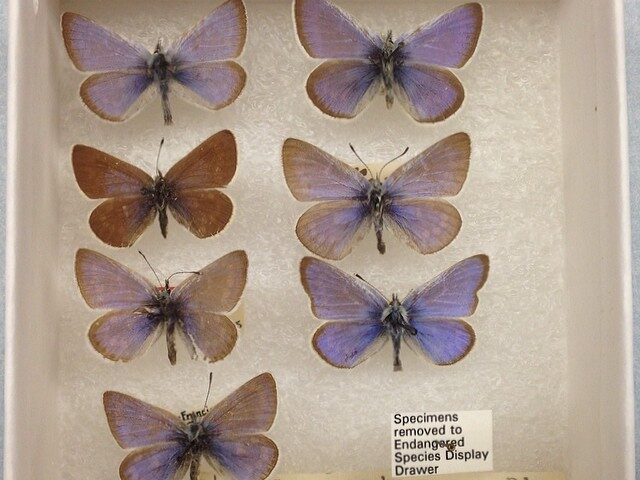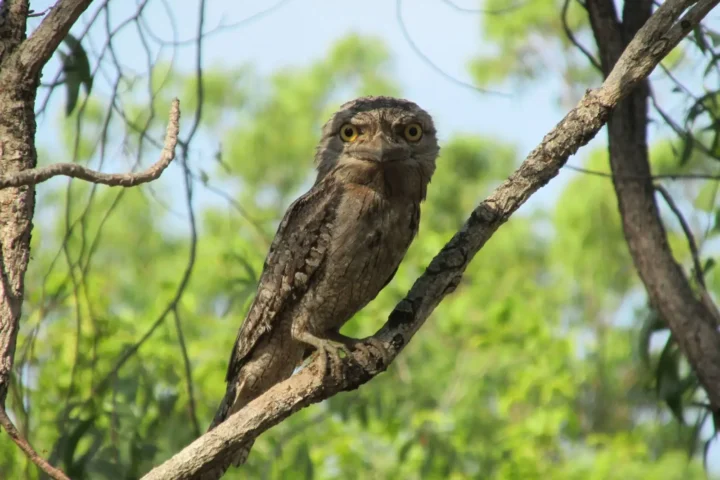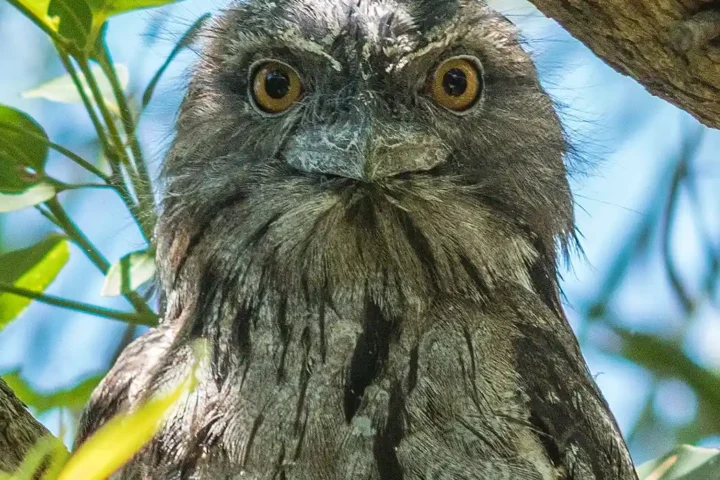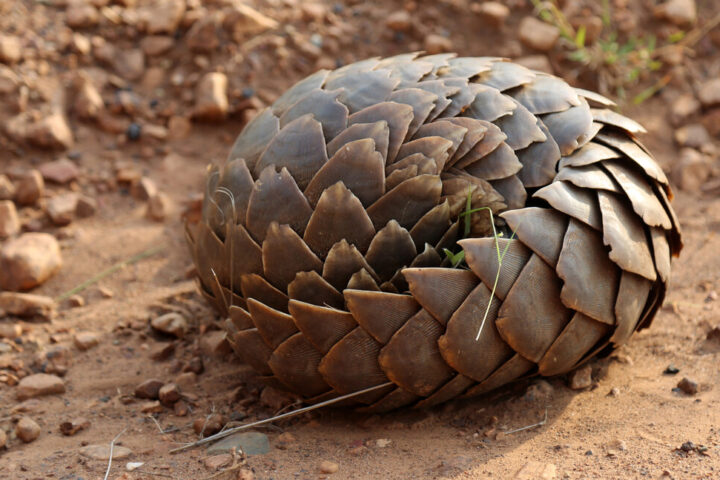A collaborative study published in PLOS ONE (December 19, 2024) analyzed 515 giraffe skulls – the largest dataset ever assembled for medium to large wildlife – confirming four distinct giraffe species through 3D geometric morphometrics. The research, led by Dr. Nikolaos Kargopoulos from the University of Cape Town and the Giraffe Conservation Foundation, examined skull morphology across African populations.
“When I embarked on this project, I did not expect to find such clear differences in the skull shapes of giraffe – before I started looking more closely, I thought a giraffe is just a giraffe,” said Dr. Kargopoulos, who traveled globally to 3D scan giraffe skulls.
The study revealed distinct cranial features among four species:
- Masai giraffe (Giraffa tippelskirchi)
- Northern giraffe (Giraffa camelopardalis)
- Reticulated giraffe (Giraffa reticulata)
- Southern giraffe (Giraffa giraffa)
Key anatomical differences centered on ossicones – the horn-like skull protrusions unique to giraffes. Northern giraffes display pointy, prominent median ossicones, while Southern giraffes show minimal or absent median ossicones. The research team used 3D geometric morphometrics to analyze 42 single fixed landmarks, as well as 8 curves defined by 31 fixed landmarks and 46 semilandmarks on each skull.
Similar Posts
Dr. Julian Fennessy, Director of Conservation at the Giraffe Conservation Foundation noted: “Science is science and facts are facts. I hope that any debate around giraffe taxonomy can now finally be put to rest as we must act now to save each of these iconic giraffe species.”
Population Status: With only 117,000 giraffes remaining in Africa’s wild. Current assessments and proposals suggest:
- Northern giraffe: Proposed for endangered status
- Masai giraffe: Under evaluation for endangered status
- Reticulated giraffe: Under evaluation for endangered status
- Southern giraffe: Currently considered of least concern
Recent conservation developments include the U.S. Fish and Wildlife Service’s November 2024 proposal to list all three subspecies of Northern Giraffe under the Endangered Species Act. This follows the 2019 CITES Appendix II listing regulating international trade.
The study employed sophisticated methods including:
- EinScan Pro HD handheld surface scanner
- CT scanning (0.75 slice thickness, B20s kernel) for NER-KOU specimens
- Artec Eva, Space Spider, and Leo 3D scanners for specific collections
- 3D Slicer software for CT scan processing
- Stratovan Checkpoint for landmarking
- MorphoJ and PAST 4.16 for statistical analyses
Professor Anusuya Chinsamy-Turan from UCT called it “a fantastic example of successful interdisciplinary collaboration in science that has made an important contribution to giraffe conservation.”
The research answers questions about giraffe evolution while providing critical data for conservation strategies. With giraffe populations declining 30% over three decades, species-specific protection measures become vital for their survival.
Data and methodology are available on GitHub: https://github.com/nkargopoulos/Giraffe-Cranial-3D-GM
